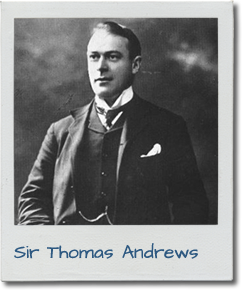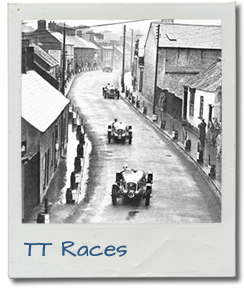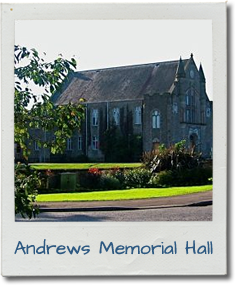Short History Of Comber

Comar, meeting place of the waters – that was the name given by the ancients to a settlement at the northwest corner of Strangford Lough at the confluence of the Enler and Glen Rivers. Today we call it Comber, famous for its spuds.
Nomadic hunter gatherers arrived here around 10,000 years ago. St Patrick followed in their footsteps and founded a monastery, but its fame was eclipsed by the medieval Cistercian Abbey. Today that has vanished, and St Mary’s Parish Church occupies the site. 1606 saw an influx of Scots under James Hamilton and Hugh

Montgomery. Among the newcomers were the ancestors of the Andrews family who brought much prosperity to Comber. By the late 18th century John, known as “the great”, had established a linen bleach green, corn mills and a flour mill. In 1864 his grandson erected a flax spinning mill. Later members of the family include Thomas of Titanic fame and his elder brother John Miller, wartime prime minister.
Old Comber whiskey was produced at two distilleries in the town. Last distilling was in 1952, although the odd bottle is still available, at a price! Comber was also a railway junction, with steam trains chugging their way through for exactly 100 years from 1850. Today the long-awaited bypass runs along the route of the old track.

No visitor can fail to notice a tall monument in Comber’s Georgian Square. This commemorates Sir Robert Rollo Gillespie, who fought against the French and was killed while attempting to storm the fortress of Kalunga in Nepal in 1814. His reputed last words were “One shot more for the honour of Down”. Another valiant soldier who made the supreme sacrifice was Edmund de Wind, awarded the Victoria Cross in 1918.
For further information please visit www.comberhistory.com.